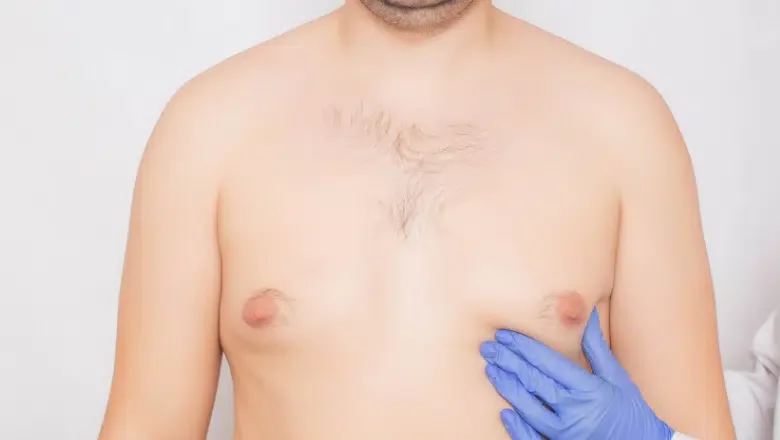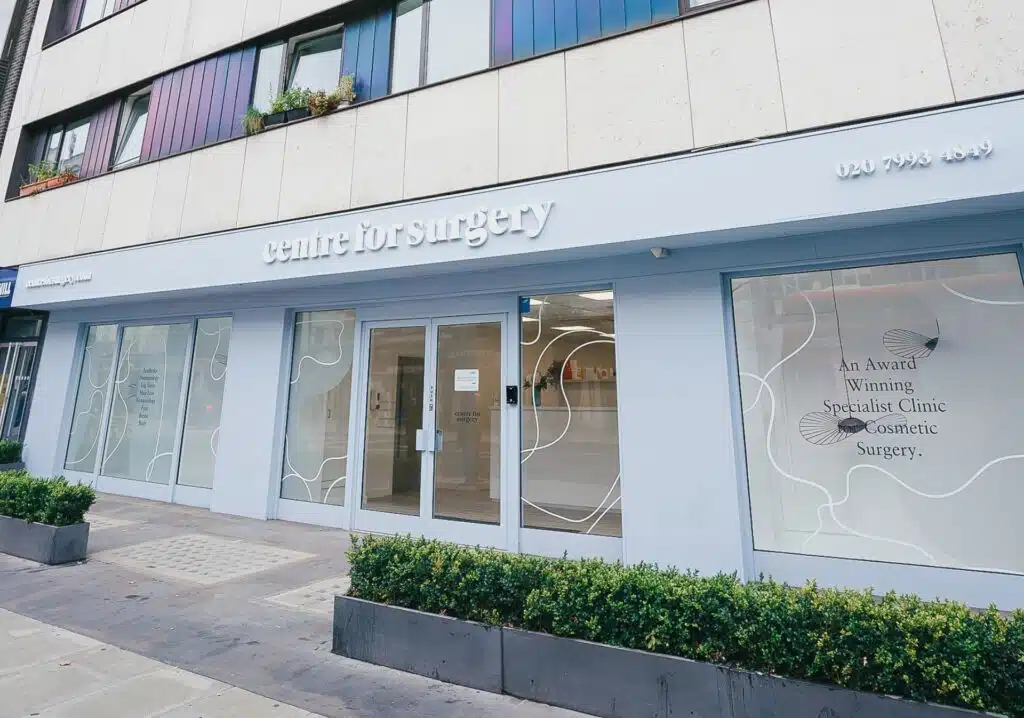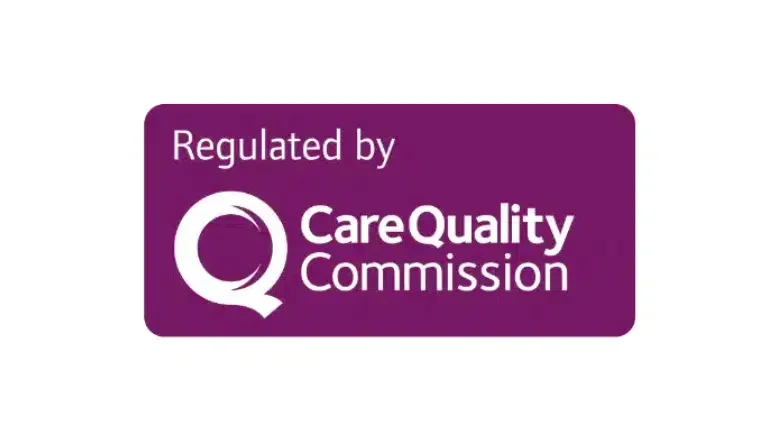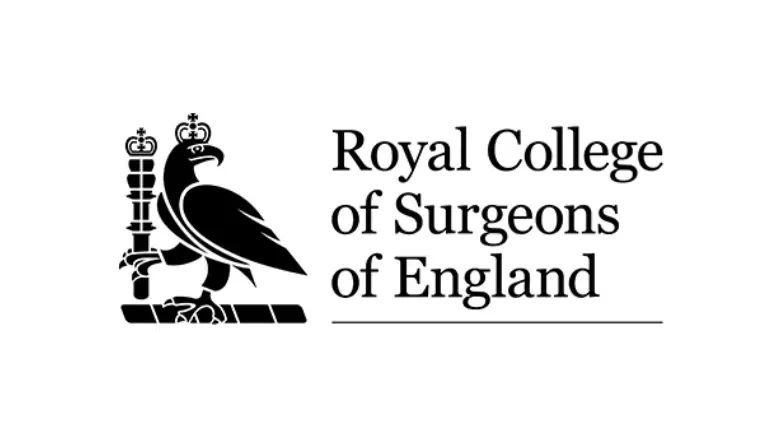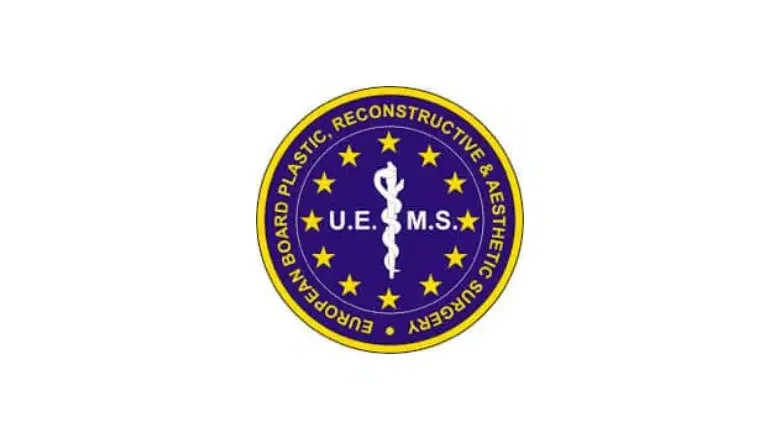Can Man Boobs Return After Gynecomastia Surgery?
Gynecomastia is a medical term used to describe when men develop larger than normal breast tissue, commonly known as ‘man boobs‘. If you’re a man facing this issue, you have the option to get a special type of surgery to sort it out. This surgery is known as male breast reduction, and its main goal is to remove the extra skin and breast tissue that has built up.
In addition to this, some men may also choose to have liposuction. This procedure helps to get rid of any extra fat you might have in the chest area.
At Centre for Surgery, we’ve witnessed a significant evolution in the field of cosmetic surgery, encompassing not just advancements in techniques, technology, and popular trends, but also a shift in the demographics of our patients. Two decades ago, it was rather rare to have men walking through the doors of a cosmetic surgery clinic. Fast forward to today, and men now account for a full third of all our consultations.
One of the most frequent reasons men visit our clinic is to seek treatment for gynecomastia, a medical condition often colloquially referred to as ‘man boobs’ or ‘moobs’. Gynecomastia is characterised by the development of excess breast tissue in men, a condition that frustratingly doesn’t improve with diet or exercise. Consequently, surgical intervention is often the only viable option to remove the unwanted tissue.
RELATED: How To Get Rid Of Man Boobs
We often hear people ask, “Will my man boobs come back after I’ve had surgery for gynecomastia?” It’s a totally understandable question, especially when you’re thinking about putting your time, hard-earned money, and emotional well-being into this kind of surgical treatment.
The reassuring news is that for most people, once you’ve had the surgery to remove the extra breast tissue, it’s really unlikely that it will grow back. The procedure specifically targets and removes the glandular tissue that causes ‘man boobs’, making it a more permanent solution for many.
In the article that follows, we’re going to talk about how long-lasting the effects of this male breast reduction surgery are. This will help you decide if going through with this cosmetic surgery is the right choice for you.
RELATED: Gynecomastia Surgery FAQs – Q&A about Male Breast Reduction
Is Gynecomastia Surgery a Permanent Solution?
When it comes to the permanency of gynecomastia surgery, the good news is that it’s generally considered a long-lasting, if not permanent, solution for reducing enlarged male breast tissue. Once the surgery has been performed to remove the excess fat and glandular tissue from the chest area, these particular cells won’t come back, offering you a more masculine physique for the long term.
However, it’s important to keep in mind that while the tissue that has been surgically removed won’t regrow, there is still the potential for new excess tissue to develop if you don’t take proper care post-surgery. Unhealthy lifestyle choices, like poor diet or lack of exercise, can contribute to the recurrence of enlarged breast tissue. Additionally, taking certain medications or engaging in drug use after your surgery can also lead to regrowth in the chest area.
For this reason, patients must adhere strictly to the aftercare guidelines provided by their surgeon. Following a postoperative care plan can include things like maintaining a balanced diet, participating in regular physical exercise, and avoiding certain medications or substances that may interfere with your results. Doing so will help ensure that the results of your gynecomastia surgery are long-lasting and that you maintain your overall health and well-being.
RELATED: How to get rid of gynecomastia without surgery?
What Causes Gynecomastia?
The main cause of gynecomastia, or enlarged male breast tissue, is an imbalance between two key sex hormones: androgens and oestrogen. When there is too much oestrogen or too little androgen, men may experience an increase in breast tissue. There are several factors that could lead to this hormonal imbalance, and they include:
Obesity
Carrying excess weight can significantly impact hormone levels. In particular, obesity can lead to an increase in the production of oestrogen, which is one of the main hormones responsible for breast tissue development. Moreover, having extra fat can make the breasts appear even more pronounced, exacerbating the appearance of gynecomastia.
Ageing
As men grow older, their androgen levels naturally decline, which can contribute to a relative increase in oestrogen. On top of that, ageing is often associated with an increase in body fat, particularly around the chest area, which can make the symptoms of gynecomastia more noticeable.
Puberty
Young men going through puberty may also experience a temporary bout of gynecomastia. During this rapid growth phase and hormonal changes, imbalances between androgens and oestrogen are common. Thankfully, for most individuals, this is a temporary issue, and hormone levels tend to stabilise as they fully transition into adulthood, often resulting in the reduction of breast tissue.
RELATED: Why Is Gynecomastia Becoming More Common?
Factors That Can Lead to the Recurrence of Enlarged Male Breast Tissue After Surgery
If you’ve undergone male breast reduction surgery to address gynecomastia, it’s important to be aware of factors that could cause your ‘man boobs’ to come back. Let’s explore some of the main factors that could impact the long-term success of your procedure:
Weight Gain
While the fat cells removed during gynecomastia surgery are gone for good, gaining a significant amount of weight can enlarge the remaining fat cells. This can affect the treated area and lead to the growth of new fat cells in other parts of your body. Therefore, it’s crucial to maintain a stable weight after surgery. Incorporating a balanced diet and a consistent exercise routine can go a long way in preventing the recurrence of gynecomastia.
Marijuana Use
Interestingly, marijuana use is a leading cause of the development of enlarged male breast tissue, particularly among men aged 18 to 35. Consuming marijuana can stimulate the production of oestrogen, which is the hormone primarily responsible for breast tissue growth. Additionally, it can cause a decrease in androgen levels. This imbalance of hormones can ultimately lead to the return of excess breast tissue. Therefore, if you want to preserve the results of your male breast reduction, it’s advisable to steer clear of marijuana.
Undiagnosed Medical Conditions
Another reason for the reappearance of enlarged male breasts is an underlying condition called pseudogynecomastia. Unlike true gynecomastia, which involves an excess of both glandular tissue and skin, pseudogynecomastia is characterised by the accumulation of fat over the breast area. If you notice the return of ‘man boobs’ after your surgery, it may be worth investigating whether you actually have pseudogynecomastia. For this condition, liposuction aimed at removing fat is generally more appropriate than gynecomastia surgery, which focuses on removing excess skin and glandular tissue.
Managing Swelling After Gynecomastia Surgery
Swelling is a standard part of the healing process after gynecomastia surgery. It’s one of the most common side effects as your body begins to recover. This is completely normal and is often a sign that your body is working to heal the surgical area.
RELATED: How To Reduce Swelling and Bruising After Gynecomastia Surgery
You will be given a special compression garment to help manage this swelling and further shape the chest area. This garment is designed to apply gentle pressure on the surgical site, thereby aiding in the reduction of swelling and improving the overall contour of your chest. Wearing this garment is crucial for ensuring your recovery goes as smoothly as possible.
You’ll be instructed to wear this compression garment continuously for the first two weeks following your male breast reduction surgery. The consistent pressure from the garment helps to control the swelling, and it can also provide additional support to the surgical area, making you more comfortable during your recovery.
RELATED: What do gynecomastia scars look like?
Who is the Ideal Candidate for Gynecomastia Surgery?
Determining whether you’re a suitable candidate for gynecomastia surgery is a crucial step in the process, and it usually starts with an in-depth, one-on-one consultation at our clinic on Baker Street. During this consultation, various factors will be considered to assess your eligibility for the procedure.
Generally speaking, you’re likely to be a good candidate for male breast reduction surgery if you meet the following criteria:
Good Health
The surgery involves anaesthesia and a period of recovery, so being in good overall health minimises risks and aids in a smoother post-operative period.
Ideal Weight
You should be close to your ideal weight before undergoing this procedure. Significant weight fluctuations after the surgery can affect the results.
Desire for Chest Contouring
If you’re self-conscious about the appearance of your chest and are looking for a more masculine contour, you’re likely a good fit for this procedure.
Age Considerations
While gynecomastia can affect males of all ages, it’s generally advised to wait until at least 20 before considering surgery. This allows time for any hormonal imbalances, particularly those that occur during puberty, to stabilise naturally. Undergoing the procedure too early could result in a need for additional surgeries later if the breast tissue regrows.
Is Gynecomastia Surgery Worth the Investment?
At Centre for Surgery, we carry out as many as 200 male breast reduction surgeries each year, and based on our extensive experience, it’s quite rare for patients to see their breast tissue grow back after the procedure. In most cases, gynecomastia doesn’t return unless there’s a specific trigger for it.
We aim for a natural-looking result when we perform surgery to correct gynecomastia. This means that we don’t remove every single bit of fatty or breast tissue; doing so would make the chest area look unnaturally flat, which is not the outcome we aim for. However, it’s crucial to understand that the tissue left behind is still vulnerable to various factors that can cause it to grow. These factors include weight gain, hormonal imbalances, and the use of certain substances like steroids or marijuana.
Suppose any of these factors have been an issue for you. In that case, managing them carefully after your surgery is essential to lower the risk of gynecomastia returning. In other words, keeping a stable weight and avoiding substances known to affect breast tissue growth are key steps in maintaining the long-lasting results that the surgery aims to provide.
In many instances, the root cause of gynecomastia remains unknown, what medical professionals call ‘idiopathic’. For such cases, the outcomes of male breast reduction surgery are often long-lasting or even permanent, provided there is no major weight gain afterwards. We find that most of our patients are extremely satisfied with the results, and the need to come back for any follow-up or corrective surgery is exceedingly rare. What you can expect is a chest that’s flatter, firmer, and more naturally contoured. In other words, the positive changes achieved through the surgery are not just temporary; they are designed to last.
So, to sum it all up, if you’re considering male breast reduction and are concerned about the ‘man boobs’ making an unwanted comeback, you can mostly set those worries aside. Although it’s theoretically possible for gynecomastia to recur, such instances are incredibly uncommon. Any risk of reoccurrence can usually be minimised by identifying and effectively managing any underlying causes if they are known. So yes, you genuinely have the opportunity to say goodbye to ‘man boobs’ for good.
If you’re contemplating whether gynecomastia surgery is a worthy investment, you’re not alone. Many men ask themselves this question when considering this type of cosmetic procedure. The surgery has been gaining popularity over the years, and there are several reasons why many deem it to be well worth the time, effort, and financial investment.
Enhanced Physical Appearance
One of the surgery’s most immediate benefits is a more sculpted and masculine chest contour. This can boost your self-confidence and make you feel more at ease in social situations, particularly ones requiring you to be shirtless.
Greater Clothing Comfort
Many men who undergo this procedure report significantly increased comfort when wearing tighter clothing. Removing excess breast tissue can make shirts and jackets fit better, which can be especially helpful for those who pay attention to fashion or have specific wardrobe requirements for work or special events.
Psychological Benefits
The emotional and psychological impact of having enlarged male breasts often goes underestimated. Many men report feeling self-conscious or embarrassed about their appearance, which can lead to a lower quality of life. By addressing the issue head-on with surgery, you can alleviate these concerns and improve your overall well-being.
RELATED: Is gynecomastia surgery worth it?
Why Choose Centre for Surgery for Your Gynecomastia Surgery?
When it comes to making a decision as important as undergoing gynecomastia surgery, you want to ensure you’re in the best hands. Centre for Surgery, based on Baker Street in London, stands out as a leading specialist clinic for male breast reduction procedures. Here’s why choosing us for your gynecomastia surgery is a decision you can make with confidence.
Expertise You Can Trust
Our team of highly skilled and experienced surgeons are at the forefront of cosmetic and plastic surgery. With years of experience, specifically in the field of male breast reduction, our surgeons utilise the latest techniques to deliver exceptional results.
Comprehensive Consultation
We believe that a thorough consultation is key to a successful surgical outcome. During your 1-to-1 consultation at our Baker Street clinic, we’ll assess your suitability for the procedure, address any concerns you might have, and tailor a treatment plan that meets your unique needs.
Exceptional Aftercare
Your well-being is our top priority. Our comprehensive aftercare programme ensures that you’re supported every step of the way, from pre-op preparation to post-op recovery. Our dedicated team is always on hand to address any questions or concerns you may have.
State-of-the-Art Facilities
Centre for Surgery boasts cutting-edge surgical facilities designed to provide the highest levels of comfort and safety. Our modern operating rooms are equipped with the latest technology to ensure an effective procedure and a smooth recovery.
Patient Testimonials
Don’t just take our word for it; our past patients speak volumes about the care and results they’ve received at Centre for Surgery.
- “My experience at Centre for Surgery was nothing short of amazing. My chest looks better than I ever imagined!” – David, 32
- “I felt well-informed and supported throughout my entire journey. The results have given me a newfound confidence I didn’t think was possible.” – Mark, 27
More Information
For an in-depth look at gynecomastia surgery and other related topics, we invite you to visit our Plastic Surgery Blog: Centre for Surgery Blog
Book Your Consultation Today
Ready to take the first step toward a more confident you? Contact us to book your consultation.
- 📞 Phone: 0207 993 4849
- 📧 Email: contact@centreforsurgery.com
- 📍 Address: 95-97 Baker Street, London W1U 6RN
Choosing Centre for Surgery for your gynecomastia surgery means choosing excellence in care, expertise, and results. We look forward to welcoming you to our clinic and embarking on this transformative journey with you.

